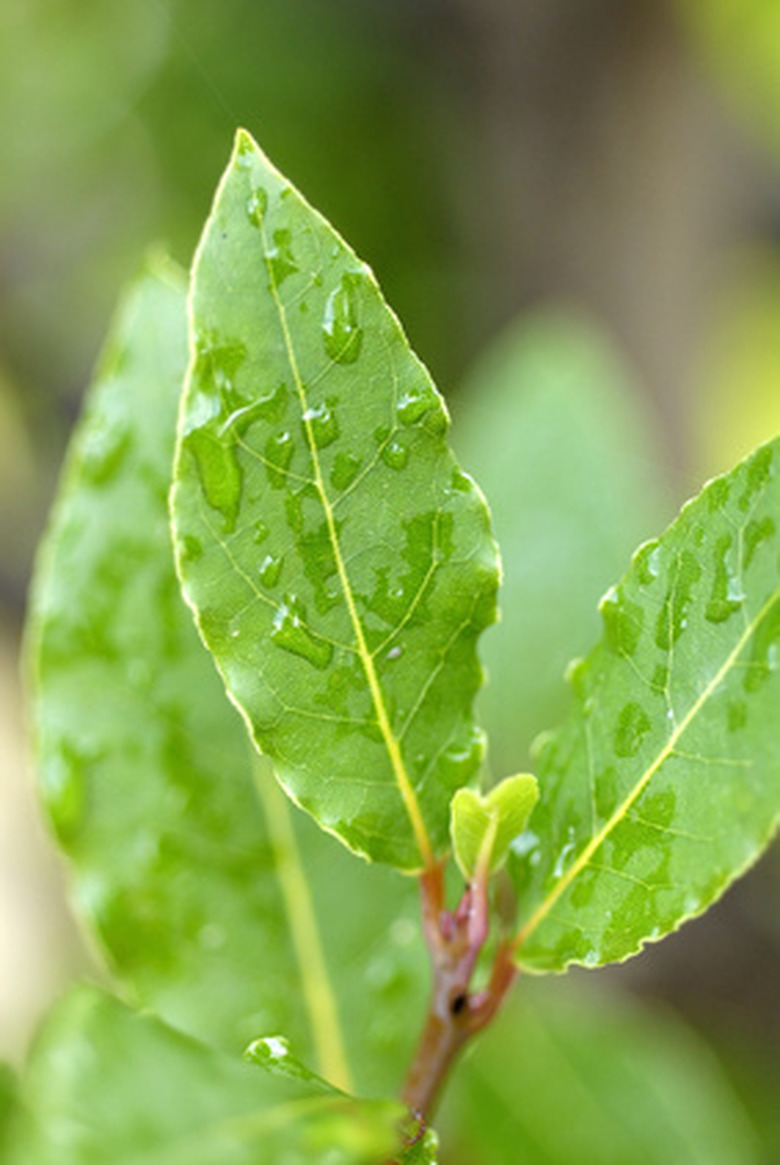Laurel Shrub Diseases
Laurels are a popular plant for screens, privacy hedges and general landscaping. They can be used as shrubs or grown taller as small trees. While laurel shrubs grow vigorously and tend to choke out most problematic plant invaders that might interfere with their health, they can be susceptible to infections and diseases. Keeping an eye on your laurel shrubs for signs of infection and illness will help you maintain a healthy, happy shrub for years to come.
Leaf Blights and Spots
Leaf blights and leaf spots can be caused by bacterial and fungal infections. These ailments generally manifest as small, spotty discolorations on the leaves of laurel bushes. Over time, the spots may rot away, leaving holes in the leaves and leading to defoliation. Usually you can control them by pruning parts of the shrub showing signs of infection. Dispose of the debris rather than allowing it to fall to the ground or composting. Water your laurel shrub using a drip hose rather than sprinklers to limit the amount of water falling on the leaves themselves.
- Laurels are a popular plant for screens, privacy hedges and general landscaping.
- While laurel shrubs grow vigorously and tend to choke out most problematic plant invaders that might interfere with their health, they can be susceptible to infections and diseases.
Shot Hole Disease
This disease gets its name from the small, round holes that pepper the leaves of infected laurel shrubs. The areas around these holes may be purple, black or brown. To control this infection, prune affected foliage and limbs as soon as the symptoms appear, then treat your laurel with a fungicide containing Mancozeb or fixed copper.
Root and Crown Rots
Phytophthora creates rot both at the top and the bottom of the laurel plant. This fungus travels through soil and infiltrates the plant through the root system. Over time, it can rot the roots away, starving the plant and necessitating its removal. However, before this happens the top of the laurel will start to drop leaves and branches. Make sure the crown of your shrub is thin enough to allow light into the bush and remove infected areas of the plant as soon as possible. If the plant continues to decline, remove it before other plants in the area contract the disease.
- This disease gets its name from the small, round holes that pepper the leaves of infected laurel shrubs.
- Over time, it can rot the roots away, starving the plant and necessitating its removal.
